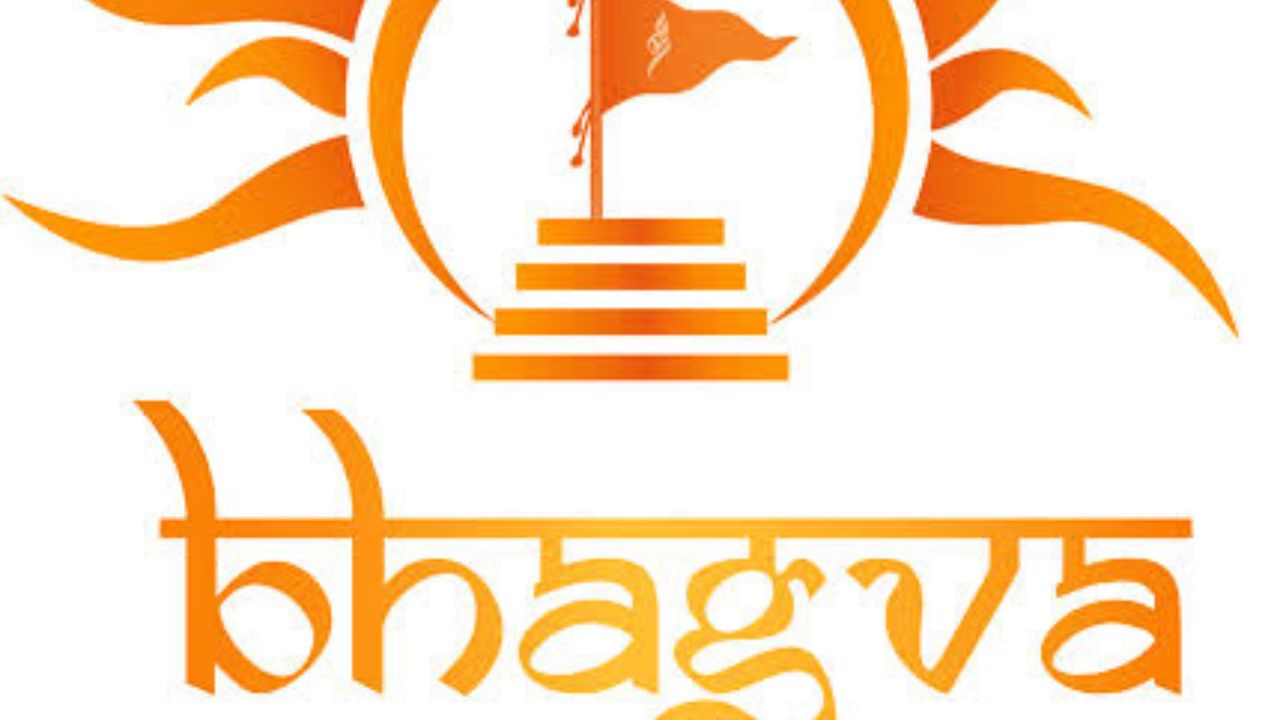डिजिटल हेल्थकेयर प्लेटफॉर्म Mosaic Wellness ने अपने नवीनतम फंडिंग राउंड में ₹175 करोड़ (लगभग $20 मिलियन) जुटाए हैं। इस निवेश का नेतृत्व Think Investment ने किया है। Mosaic Wellness, जो कि Man Matters, Boywise, और Little Joys जैसे लोकप्रिय ब्रांड्स का संचालन करती है, इस ताजा पूंजी से अपने विस्तार और ग्रोथ की योजनाओं को गति देगी।
🏛️ Mosaic Wellness विशेष प्रस्ताव पास, ₹1,07,500 की कीमत पर शेयर जारी
कंपनी की रेगुलेटरी फाइलिंग के अनुसार, Mosaic Wellness के बोर्ड ने एक विशेष प्रस्ताव पास किया है जिसके तहत 16,279 अनिवार्य रूप से परिवर्तनीय प्रेफरेंस शेयर्स (CCPS) ₹1,07,500 प्रति शेयर की दर से जारी किए गए हैं। यह शेयर इश्यू Registrar of Companies (RoC) में दर्ज फाइलिंग के अनुसार ₹175 करोड़ की कुल फंडिंग के लिए जारी किए गए।
📊 फंडिंग के बाद वैल्यूएशन पहुंची $400 मिलियन
Entrackr की रिपोर्ट के मुताबिक, इस फंडिंग राउंड के बाद Mosaic Wellness की पोस्ट-मनी वैल्यूएशन लगभग $400 मिलियन पहुंच गई है। इस लेन-देन के बाद Think Investment की कंपनी में हिस्सेदारी 5.04% हो जाएगी।
👩⚕️ Mosaic Wellness: एक डिजिटल-फर्स्ट हेल्थकेयर ब्रांड
Mosaic Wellness की शुरुआत 2020 में रेवंत भाटे और ध्यानेश शाह द्वारा की गई थी। यह एक डिजिटल-फर्स्ट कंज्यूमर हेल्थ प्लेटफॉर्म है जो पुरुषों, महिलाओं और बच्चों के लिए तीन अलग-अलग ब्रांड्स का संचालन करता है:
- Man Matters: पुरुषों के लिए डर्मा, यौन स्वास्थ्य, पोषण और हाइजीन से संबंधित समाधान।
- Boywise: किशोर लड़कों के लिए हेल्थ और वेलनेस उत्पाद।
- Little Joys: बच्चों के लिए पोषण और स्वास्थ्य से जुड़ी प्रोडक्ट्स की रेंज।
📈 फाइनेंशियल प्रदर्शन में जबरदस्त ग्रोथ
Mosaic Wellness ने वित्त वर्ष FY24 (मार्च 2024 समाप्त) में ₹333 करोड़ का रेवेन्यू दर्ज किया, जो पिछले साल FY23 के ₹206 करोड़ से 61.7% अधिक है। इस दौरान कंपनी ने अपने घाटे में भी 37.1% की कमी की है, जो FY24 में ₹39 करोड़ रहा, जबकि FY23 में यह ₹62 करोड़ था।
इस तरह Mosaic ने अपने विकास और मुनाफे दोनों क्षेत्रों में सुदृढ़ता दिखाई है, जो निवेशकों के लिए एक सकारात्मक संकेत है।
📚 अब तक जुटाई गई कुल फंडिंग $65 मिलियन पार
इस नए निवेश के साथ Mosaic Wellness अब तक $65 मिलियन से अधिक की कुल फंडिंग जुटा चुकी है। कंपनी ने 2021 में Peak XV Partners (पूर्व में Sequoia India) के नेतृत्व में $24 मिलियन का Series A राउंड उठाया था। इस राउंड में Elevation Capital और Matrix Partners India जैसे मौजूदा निवेशकों ने भी भाग लिया था।
TheKredible के आंकड़ों के अनुसार, वर्तमान में Elevation Capital कंपनी का सबसे बड़ा बाहरी निवेशक है, इसके बाद Peak XV और Matrix Partners का स्थान है।
🧬 क्या बनाता है Mosaic Wellness को खास?
Mosaic Wellness एक tech-enabled healthcare ब्रांड है जो भारतीय उपभोक्ताओं की हेल्थ वेलनेस जरूरतों को डिजिटल तरीके से पूरा करता है। इस प्लेटफ़ॉर्म पर यूजर्स को एक्सपर्ट डॉक्टर कंसल्टेशन, कस्टमाइज़्ड ट्रीटमेंट प्लान्स, और सब्सक्रिप्शन आधारित प्रोडक्ट्स का लाभ मिलता है।
Man Matters ब्रांड ने खासकर पुरुषों के यौन स्वास्थ्य और हेयर लॉस जैसे टैबू विषयों पर खुलकर बात करके एक मजबूत बाजार खड़ा किया है।
🌐 बाजार में बढ़ती प्रतिस्पर्धा
Mosaic Wellness का मुकाबला Plum, Tata 1mg, HealthKart, और Be Bodywise जैसे डिजिटल हेल्थ स्टार्टअप्स से है। लेकिन अपनी ब्रांड डाइवर्सिटी, स्मार्ट कंज्यूमर अप्रोच, और लैंगिक-विशिष्ट समाधानों के चलते Mosaic ने एक अलग पहचान बनाई है।
🔮 आगे की योजना और संभावनाएं
इस फंडिंग के बाद Mosaic Wellness अब नए प्रोडक्ट लॉन्च, मार्केट विस्तार, और डिजिटल ब्रांड बिल्डिंग पर फोकस करेगा। कंपनी का लक्ष्य न सिर्फ हेल्थ केयर को कस्टमाइज़ और कंज्यूमर-फ्रेंडली बनाना है, बल्कि इसे डिजिटल टचपॉइंट्स के माध्यम से हर घर तक पहुंचाना भी है।
Mosaic अब हेल्थकेयर के क्षेत्र में एक मजबूत और भरोसेमंद ब्रांड बनने की दिशा में तेजी से आगे बढ़ रहा है।
📌 लेखक: FundingRaised टीम
📆 प्रकाशन तिथि: 10 अप्रैल 2025
🔗 स्रोत: FundingRaised.in
Read more :💸 Eloelo ने जुटाए ₹114.3 करोड़: Series B राउंड में Play Ventures










